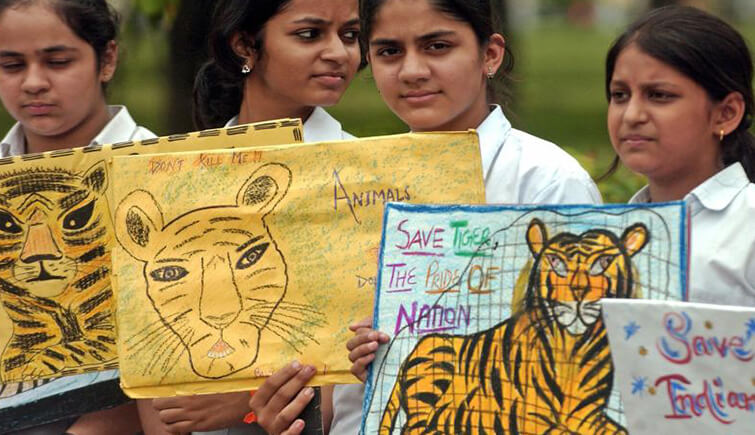
16 Sep, 2019
Why Should We be Teaching Wildlife Conservation in Schools?
Why should we teach wildlife conservation in schools? That’s a question which we must ponder over. Is it such a pressing issue that it should find a mention in school books? The answer is a resounding yes, and this is why. We stand at a juncture where, through years of unabated destruction wrought on the environment, we have managed to drive several species of animals to the brink of extinction. There are others, which are classified as endangered and vulnerable. We hear of incidents like poaching with rapid frequency, and wonder if we are ever going to win the fight against it. At other times, we come across incidents of man-animal conflict, encounters whose outcomes are often destructive for both sides.
Perhaps, at no other point in history has the issue of wildlife conservation assumed as much importance as it has now. This is why it is of the utmost necessity that we educate our children or the next generation about the importance of wildlife conservation. One of the ways of doing this is by raising awareness through various platforms. One of the ways of doing this is through textbooks read by children in schools. Through figures, text, figures, stickers and diagrams, we can engage the attention of the young ones towards this issue. It is important that we introduce them to the issue of wildlife conflict at an early stage of their life, for only then can we raise sufficient awareness among them.
But, why teach wildlife conservation to children?
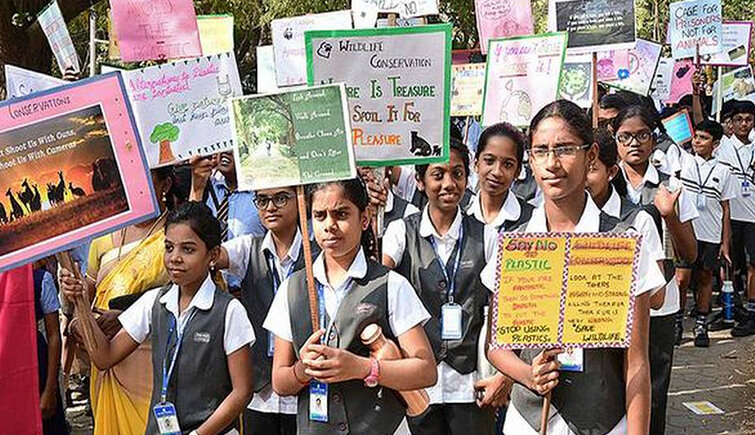
Some would say that children are anyway taught the importance of protecting the environment in schools. Why then, is there a need to place special emphasis on wildlife conservation? For a start, young minds are highly receptive to learning and accommodating new information, and this includes facts and figures. Children should be made aware of the various dangers facing wildlife, what brings about their extinction or leads them to be classified as vulnerable or endangered & what are the ways through which we can contribute towards their preservation. Sustainable development is the keyword of the 21st century, and there is no reason why children through their books should not be introduced to it from an early age itself.
Role played by books in wildlife education
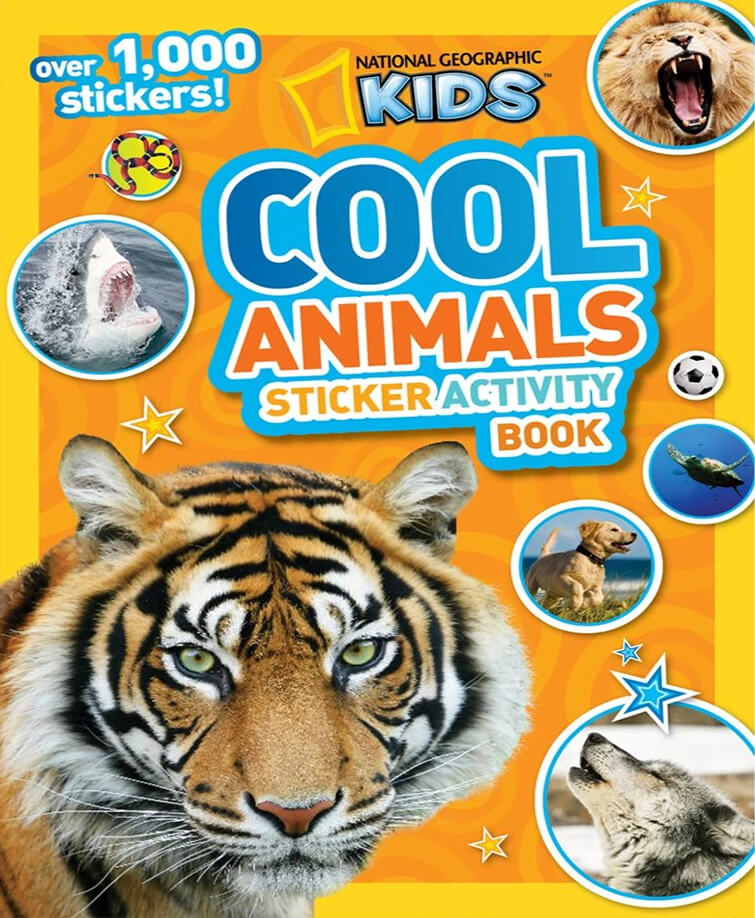
Photo: https://bit.ly/2lOmwk1
We can never overemphasize the importance of teaching wildlife conservation in schools itself. There are many ways to do that, through plays, dramas and skits. As effective as these methods are, nothing can replace the effectiveness of books. Words and pictures clearly have a lasting impression on young minds, and when it comes to educating them on wildlife conservation, nothing beats books.
Right from emphasizing the importance of habitat conservation to the role played by animals in maintaining the ecobalance, books can introduce these concepts to children in a lucid manner. What is the contribution of each organism to the environment & what unique position does it occupy in the ecosystem? Why should we respect animals and develop love and tolerance for them? These are all questions that should engage the young mind.
Raising wildlife related issues through books
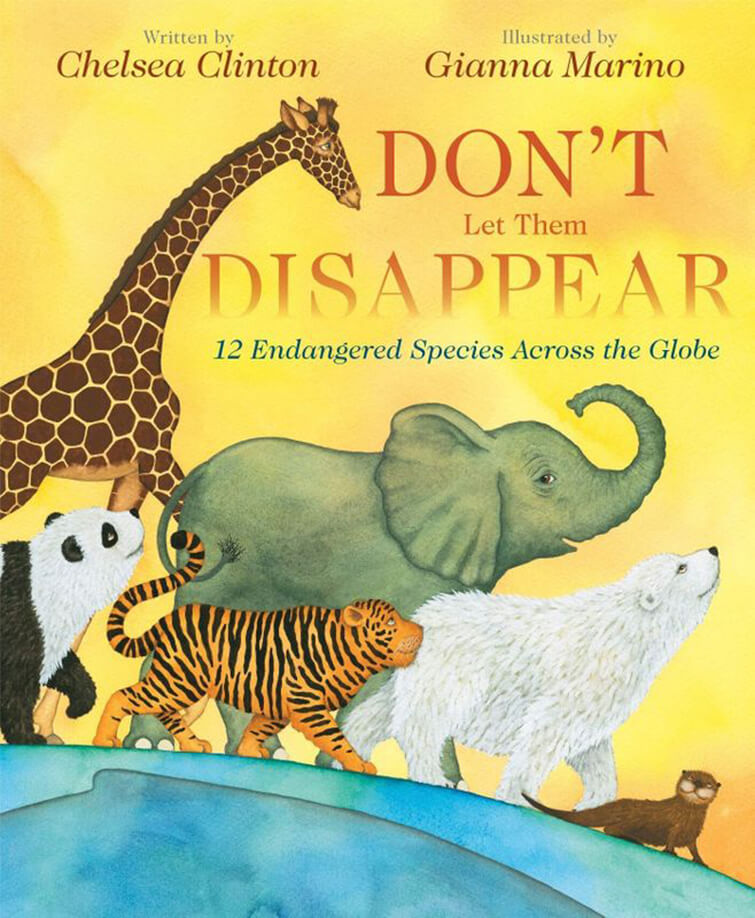
Photo: https://bit.ly/2mbkmem
As adults, we are all aware of the various threats to wildlife, including poaching. There is no reason why children, through their books, should not be made aware of such issues at a young age. Doing so will develop an awareness in them, along with sufficient introspection about the dangers facing our wildlife today. There should be several chapters which deal exclusively with the menace of poaching, hunting and other wildlife conservation related issues. At the end of each of them, discussions should be held along with exercises that further develop the children’s viewpoint on this important issue. While it is important to acquaint the children with the facts, it is even more important to ensure that it becomes a topic of frequent discussion among them.
Making children aware of wildlife conservation at an early age
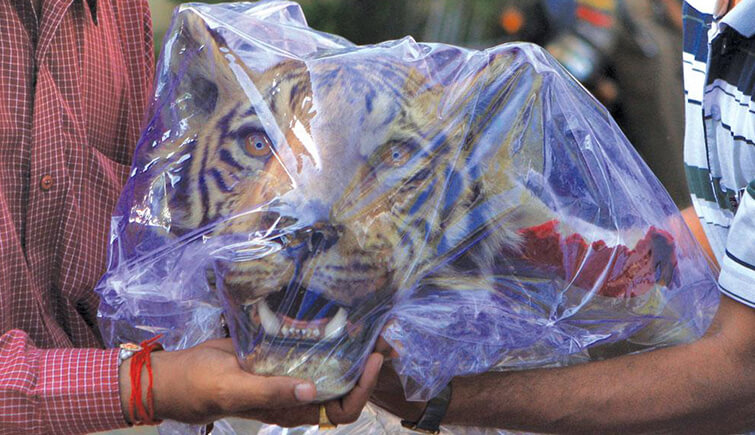
But, the reason that issues like poaching and hunting should find a greater presence in children’s books is that they have resulted in the extinction of several species of animals over the years, and left many others endangered. The great one horned rhinoceros, tigers and Indian star tortoise are some of the animals which find a presence in the endangered list. It is shocking to see how greediness has led humans to relentlessly torture and kill animals. These are issues which are of the utmost importance to wildlife conservation. It is not until our young ones are acquainted with the facts and figures related to wildlife in India will they consider this problem seriously. At the same time, being acquainted with these issues at an early age will ensure that they do their bit to raise awareness and actively contribute to the preservation of wildlife in India.
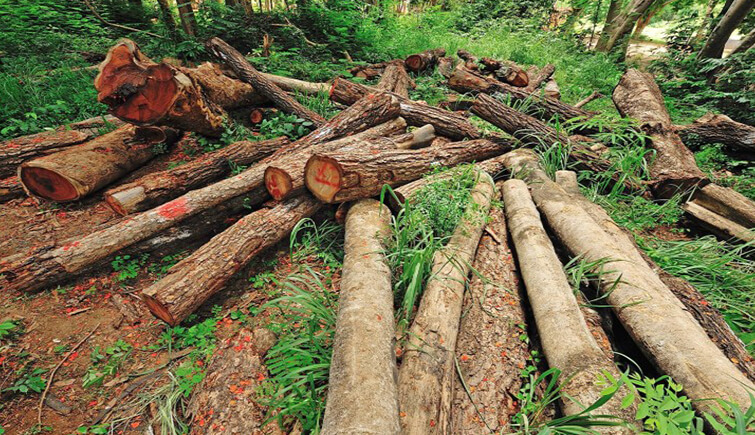
Other issues like clearing of forest lands, loss of habitat and desertification also make the topic of wildlife education in school books all the more important. Clearing of forest lands for agriculture, which leads to the loss of habitats for animals and leads to man-animal conflict, is an enormous challenge which face us today and should be adequately covered in the school books. Of course, while seeking to acquaint children to these problems, care should be taken to ensure that they are explained in a way that easily understandable.
Before action comes awareness

Of course, school books have always stressed on the importance of planting trees and doing your bit to conserve the environment. Wildlife conservation too, should be adequately covered, since animals, apart from plants and humans, are an essential part of it. Doing so will help them connect with nature and grow up to be environmentally conscious individuals. This is in keeping with the objectives of WWF India, which has sought to educate young minds about nature and its inhabitants since 1969. It is only when children are sufficiently aware regarding the problems facing wildlife in India will they take initiatives in conservation and sustainability, and grow up to be environmentally conscious individuals.
Writer- Vishwajit Sharma

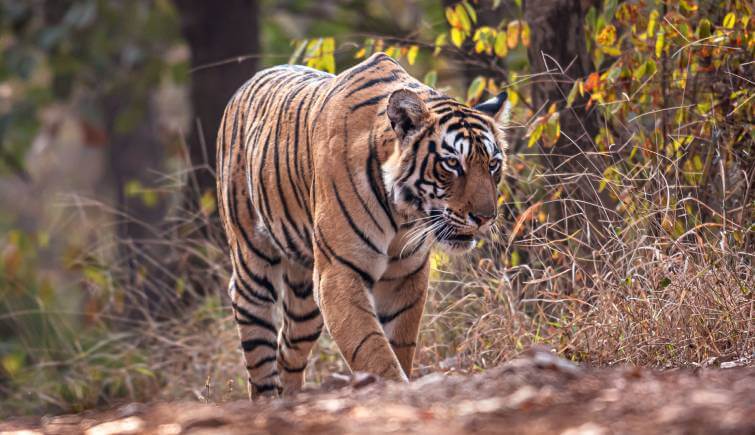
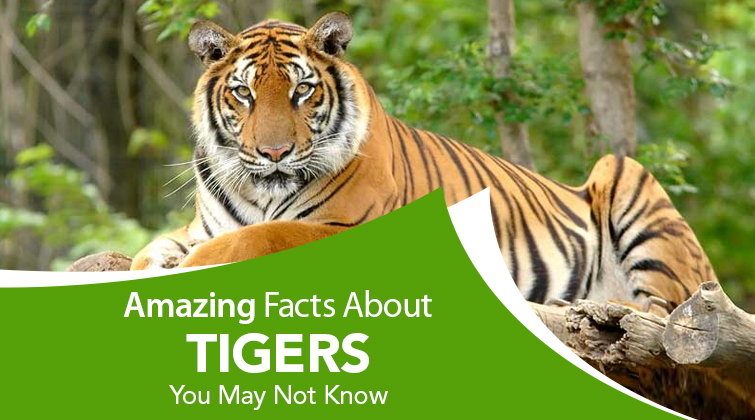

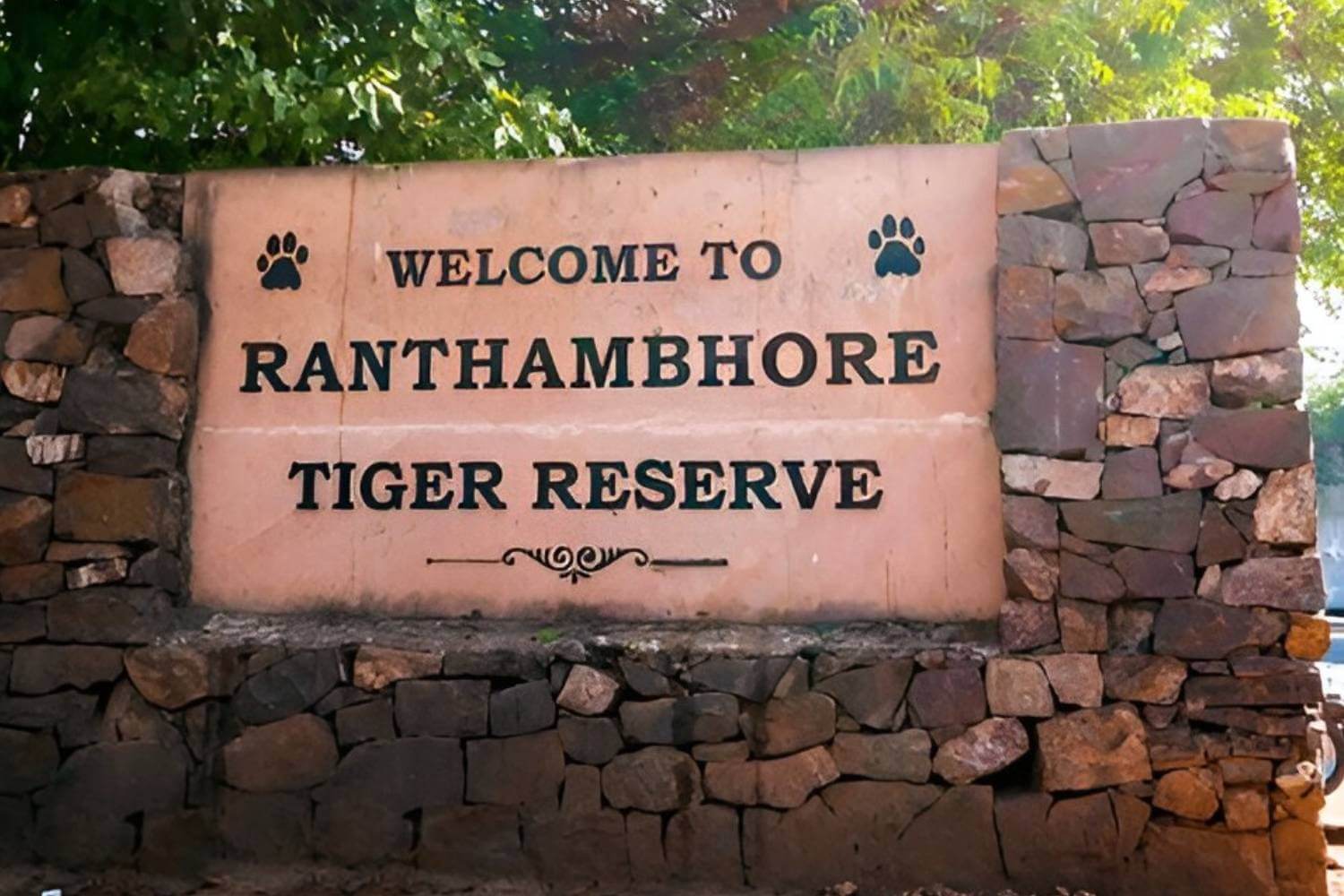
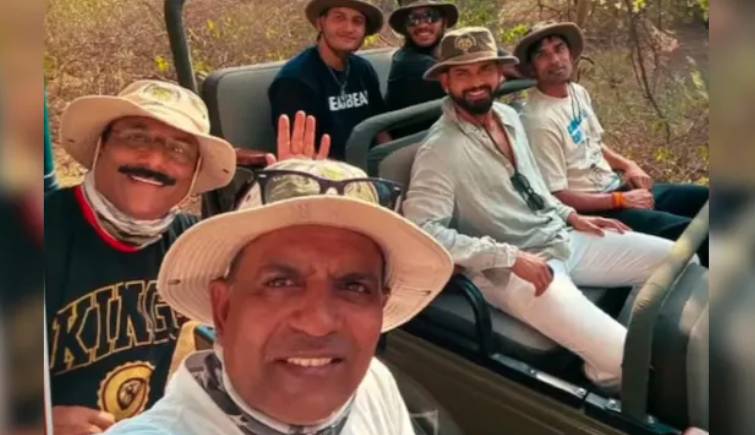





 Share
Share Home
Home Packages
Packages Book Now
Book Now